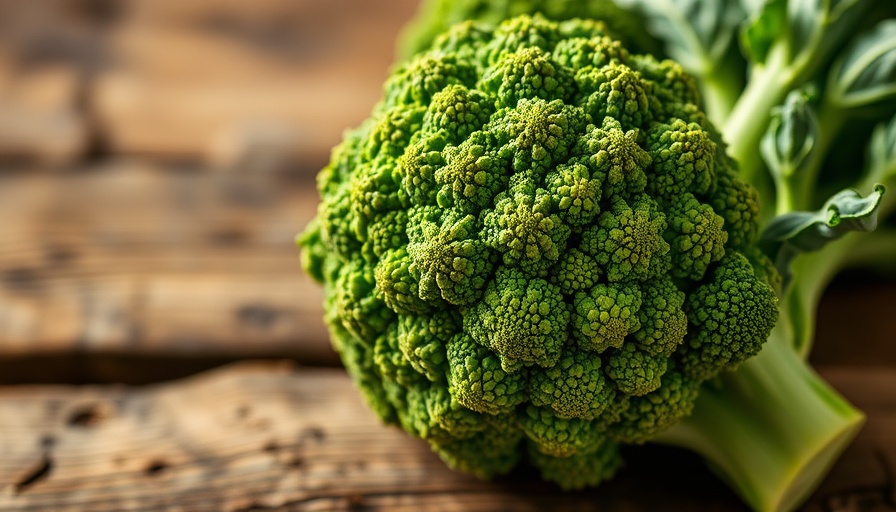
Discover the Ancient Beauty of Magnolias at Hortus
The Hortus Arboretum and Botanical Gardens in Stone Ridge, New York, is home to a stunning collection of magnolias that speaks to garden enthusiasts and nature lovers alike. With over 220 species of this ancient flowering plant, magnolias provide a rich tapestry of color, shape, and fragrance, drawing visitors to appreciate their diverse beauty. As we explore the different types of magnolias in part two of our series, we uncover not just their physical traits, but also their deep-rooted history and importance in our ecosystem.
A Rich Tapestry of Colors and Shapes
Magnolias are renowned for their varied aesthetics, from the striking pinks and purples of the Woodsman magnolia (M. × brooklynensis ‘Woodsman’) to the elegant white blooms of the Southern magnolia (M. grandiflora). The unique adaptations in their flowering habits showcase the remarkable interactions between plants and pollinators. For instance, magnolias are among the oldest flowering plants, having co-evolved with beetles, which are their primary pollinators. This relationship has shaped not only their physical structures, with flowers designed to attract these early insects, but also their resilience and ability to thrive in diverse environments.
Ecological Significance of Magnolias
Magnolia trees play an essential role in their ecosystems, showcasing the importance of biodiversity. They provide habitat for various species, including birds and small mammals drawn to their nectar-rich flowers and ornamental seeds. By planting magnolias in gardens, enthusiasts contribute not only to their personal enjoyment but also to fostering healthier ecosystems. As such, magnolia cultivation aligns with sustainable gardening practices, supporting species that can flourish in both urban and rural settings.
Growing Tips: Caring for Your Magnolias
For those interested in adding magnolias to their landscapes, it’s vital to consider their unique growing requirements. Here are some practical tips to ensure these magnificent trees thrive:
1. Soil: Opt for well-drained, slightly acidic soil enriched with organic matter to foster healthy growth. Magnolias thrive in rich, loamy conditions.
2. Sunlight: Ensure they have access to plenty of sunlight, preferably bright, indirect light, although some varieties can tolerate partial shade.
3. Watering: Young magnolias prefer consistent moisture without becoming waterlogged. Implementing a drip irrigation system can maintain optimal hydration, especially during dry periods.
The Future of Magnolias at Hortus
As we anticipate the lush blooms of spring and summer, the sensational diversity of magnolias at Hortus ignites excitement among visitors and gardening enthusiasts alike. With a commitment to expanding their collection of rare and endangered magnolias, Hortus not only preserves these splendid plants but also educates visitors about their significance. The practices implemented at the arboretum serve as a model for aspiring gardeners who wish to cultivate a sustainable landscape, leading to a greater appreciation for these timeless trees.
Get Involved: Join the Gardening Community
If you share a passion for magnolias or have your own gardening stories to tell, consider participating in local gardening communities or initiatives focusing on sustainable practices. Visit your neighborhood garden center or community garden, and share your experiences with fellow gardening enthusiasts. Together, we can foster environments that support both our gardens and our ecosystems.
 Add Row
Add Row  Add
Add 


Write A Comment